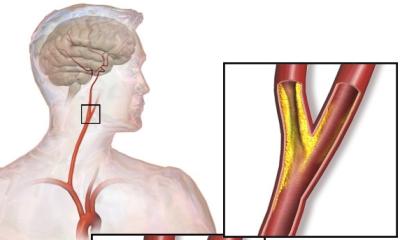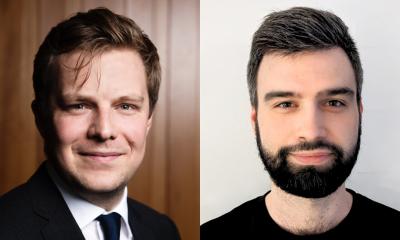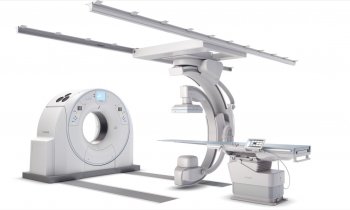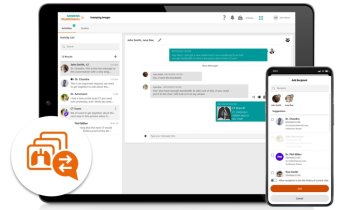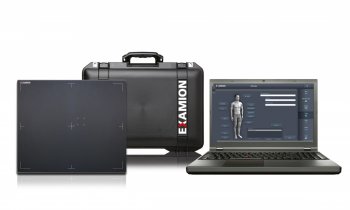News • New study reveals
Treatment window for strokes might be larger than previously thought
Treating stroke has long been governed by the clock. If it has been less than three hours since the onset of symptoms, the clot-busting drug t-PA will likely work.
If it has been four and a half hours, some selected patients might benefit. However, if it has been more than six hours, treatment options have been few. Now that conventional wisdom has been turned on its head. The final results of the DAWN study, of which University Hospitals Cleveland Medical Center was a major participant, are in, and have been published in The New England Journal of Medicine. They show that selected patients with stroke caused by a blood clot can be effectively treated with a procedure to remove the clot mechanically – and that this can be done up to 24 hours after the onset of symptoms.
This will fundamentally change the way stroke is treated around the world
Michael De Georgia
“This is incredible," said Cathy Sila, MD, Director of UH's Comprehensive Stroke Center and principal investigator of the DAWN study at the UH site. “Almost half of the patients receiving the thrombectomy therapy had a good outcome at 90 days after treatment – defined as the patients being independent in activities of daily living – as opposed to only 13.1 percent of the patients treated medically or with clot-busting drugs alone. This 35 percent difference may be higher than any level of benefit from any stroke trial."
“This is pretty extraordinary and will fundamentally change the way stroke is treated around the world," said Michael De Georgia, MD, Director of UH's Neurocritical Care Center. “What this study shows is that the patient's own physiological clock matters more than what the actual clock on the wall says. That is, if on brain imaging there still appears to be a significant degree of salvageable tissue, then it's still beneficial to take the patient to the cath lab and open the blocked artery even if it's 24 hours after symptom onset."
The DAWN trial compared standard medical therapy with mechanical thrombectomy using the Trevo stent retriever. It concluded after 31 months when it became clear that thrombectomy was the superior treatment for all different subgroups of stroke patients – those waking up with a stroke, those with witnessed symptoms and those with unwitnessed symptoms.
UH was one of just two sites in Ohio conducting the DAWN trial and the only one in Northeast Ohio. Anthony Furlan, MD, Chairman of the Department of Neurology at UH and Case Western Reserve University School of Medicine, was on the DAWN study's steering committee and helped write the protocol. “These results provide physicians who treat stroke with evidence of the benefits of thrombectomy even when administered out as far as 24 hours, and should help to make decision clearer as to which patients to treat," he said. “These positive outcome of the DAWN trial represent a major change in patient selection for endovascular therapy for stroke. DAWN provides an opportunity for UH to treat more patients, but also poses challenges for timely patient diagnosis and transport as currently endovascular therapy can only be done at UH Cleveland Medical Center."
Dr. Sila said that Northeast Ohio sees about 18,000 strokes per year. Stroke survivors commonly experience devastating disabilities and loss of independence due to impaired movement, paralysis, loss of speech and memory. The DAWN study was supported by Stryker, which produces the Trevo Retriever, a tiny stent-shaped medical device that is attached to a thin wire. The retriever is designed to ensnare the blood clot to remove it from a blood vessel.
Source: University Hospitals Cleveland Medical Center
27.11.2017



